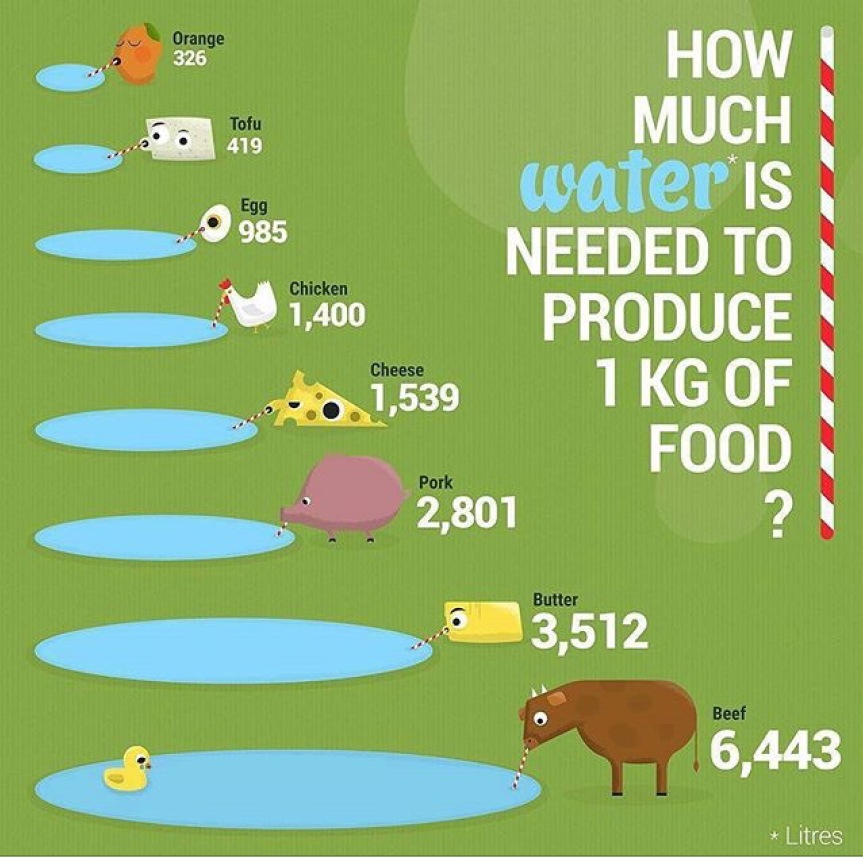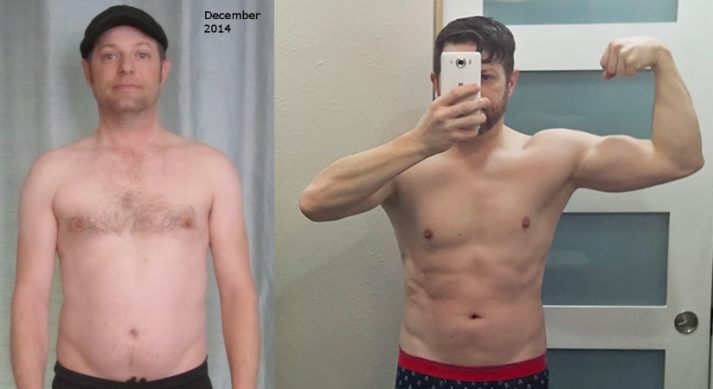
Before you can start your nutrition program, it is important to learn how to read a nutrition label. You may have heard of the Choose My Plate Program, which has helped millions get the right combination of food groups. Many of us struggle to find balanced meals. Here are some tips to help you make your meals more balanced and healthier. You can eat healthy foods and still feel great by following these simple steps.
Although most nutrition planners share the same principles, their approaches to achieving their goals may differ. While some planners place emphasis on macroeconomics while others prefer micro-economics. Some planners are focused on a specific sector, like agriculture. A third group is more concerned with organizational factors, and employs quantitative analytical methods. Some approaches are intuitive, while others use a combination or all of the above. A fourth group concentrates on organizational factors. It doesn't matter which approach you choose; it is important to understand the differences and how they differ.

Meal planning is a great way to achieve your nutritional goals and prevent chronic diseases. Meal planning makes it easy to enjoy a variety and increases your intake of fruits, vegetables, and other foods. This process can be fun, no matter what your goals are, and it will help you get the right nutrients. You've found the right place if you are looking for a nutritional plan. Here are some helpful tips to get you started.
You can save time and money by planning your meals. Using meal planning can eliminate the need to run to the grocery store last-minute. Likewise, it can help you manage your budget and portion sizes by keeping your purchases close to when you bought them. It can also reduce your likelihood of overeating. Be consistent is key to your success. It will take some practice but it is well worth it. It'll pay off in the long run.
It is important to plan your meals before you start a weight-loss program. It can help you eat healthier, while limiting your unhealthy food choices. It can also help with weight loss and maintaining your health. A plan can help you stay on the right track to your goals. Once you know what to eat and when, you can then make better decisions. By creating a nutrition plan, you'll be sure to eat healthier and avoid unhealthy foods.

Meal preparation is an excellent way to eat healthy and stick to your weight-loss plan. Preparing your meals ahead of the time will save you time and help you avoid overeating when you're tired or hungry. This will help keep you on track, prevent bad eating habits, and maintain a healthy weight. Balanced eating will help you reach your weight loss goals. You can also avoid foods that are high in saturated fats or unhealthy ingredients.
FAQ
Why does our weight change with age
How do you know if your bodyweight changes?
When there is more muscle mass than fat, weight loss can occur. This means that daily calories should be less than daily energy. Reduced activity is the leading cause of weight gain. You can also lose weight due to stress, illness, pregnancy, hormonal imbalances and certain medications. A person who has more fat than their muscle mass will experience weight gain. This happens when people consume more calories than they burn during the day. It can be caused by overeating or increased physical activity as well hormonal changes.
The main reason why our bodies lose weight is because we consume fewer calories than we burn. Regular exercise increases metabolism, which means that we burn more calories per day. But, this does not mean that we will be thinner. It is important to know if we are losing weight or gaining muscle. If we are burning more calories than what we eat, then we will lose weight. If we consume more calories that we burn, we are actually storing them in fat.
As we get older, our movement speed slows down and so we move less. We also tend have less food to eat than when our children were young. This is why we tend to gain weight. On the other hand, we have more muscle mass and look larger than we actually are.
There's no way to tell how much weight you've lost unless you weigh yourself every week. There are many different ways to measure your weight. You can check your waist size, your hips, your thighs, your arms, etc. Some people prefer to use a bathroom scale while others prefer to measure with tape.
To track your progress, weigh yourself once a week. Measure your waistline once per month. To see how far you have come, you can take photos of yourself every few month.
You can also find out how much you weigh by looking up your height and weight online. For example, if you're 5'10" tall and weigh 180 pounds, you'd probably weigh 180 pounds.
What are 10 healthy lifestyle habits?
-
Every day, eat breakfast.
-
Don't skip meals.
-
Maintain a balanced diet.
-
Get plenty of water.
-
Take care of yourself.
-
Get enough sleep.
-
Avoid junk foods.
-
Get at least one form of exercise each day.
-
Have fun
-
Make new friends
What are the best 10 foods to eat?
The 10 best foods to eat include:
-
Avocados
-
Berries
-
Broccoli
-
Cauliflower
-
Eggs
-
Fish
-
Grains
-
Nuts
-
Oats
-
Salmon
How can I get enough vitamins?
Most of your daily vitamin requirements can be met by diet alone. Supplements are available if you are deficient. You can purchase a multivitamin that includes all of the vitamins you need. You can also buy individual vitamins in your local drugstore.
Talk to your doctor if there are any concerns about getting enough nutrients. Dark green leafy vegetables like spinach, broccoli and kale, as well as turnip greens and mustard greens such as turnip and mustard greens and bok choy, are rich in vitamins K & E.
Ask your doctor to help you determine the right amount of vitamin. The doctor will determine the proper dosage based upon your medical history as well as your current health.
What is the healthiest lifestyle to life?
You can live a healthier lifestyle if you eat healthy food and exercise regularly. If you follow these guidelines, you will be able to lead a long and healthy life.
Start small by changing your diet and exercising routine. To lose weight, you can start walking for 30 mins each day. If you're looking for a way to increase your activity, consider taking up swimming or dancing. You could also sign up to an online fitness platform like Strava, which tracks your activity.
Statistics
- WHO recommends reducing saturated fats to less than 10% of total energy intake; reducing trans-fats to less than 1% of total energy intake; and replacing both saturated fats and trans-fats to unsaturated fats. (who.int)
- The Dietary Guidelines for Americans recommend keeping added sugar intake below 10% of your daily calorie intake, while the World Health Organization recommends slashing added sugars to 5% or less of your daily calories for optimal health (59Trusted (healthline.com)
- According to the 2020 Dietary Guidelines for Americans, a balanced diet high in fruits and vegetables, lean protein, low-fat dairy and whole grains is needed for optimal energy. (mayoclinichealthsystem.org)
- WHO recommends consuming less than 5% of total energy intake for additional health benefits. (who.int)
External Links
How To
27 Steps to achieve a healthy lifestyle when your family only buys junk food
Cooking at home is the most popular way to eat healthier. This is difficult for people who don't know how to cook healthy meals. This article will show you how to make healthier eating choices at restaurants.
-
Find restaurants that offer healthy options.
-
Order salads and vegetables before ordering any meat dishes.
-
Ask for sauces made without sugar.
-
Avoid fried foods.
-
Choose grilled meats over fried.
-
Order dessert only if you absolutely need it.
-
Be sure to have something other than dinner.
-
Always eat slowly and chew your food thoroughly.
-
Eat water.
-
You should not skip breakfast or lunch.
-
Take fruit and vegetables along with every meal.
-
Consider drinking milk instead of soda.
-
Try to avoid sugary drinks.
-
Reduce salt intake.
-
Try to limit your frequent visits to fast-food restaurants.
-
Ask someone to come along if you are unable to resist temptation.
-
You should not allow your kids to watch too many TV programs.
-
When you are eating, keep the television off.
-
Do not drink energy drinks.
-
Take regular breaks from work.
-
Get up at a reasonable hour and do some exercise.
-
Move every day.
-
Start small and increase your knowledge slowly.
-
Realistic goals are important.
-
Be patient.
-
Find time to exercise even if you don't feel like it.
-
Positive thinking is key.